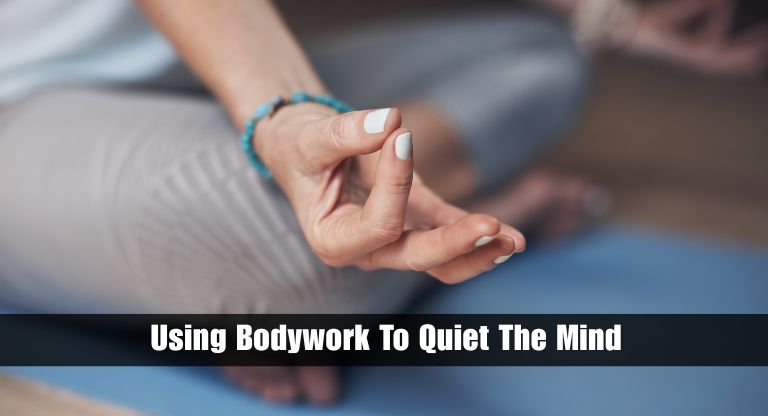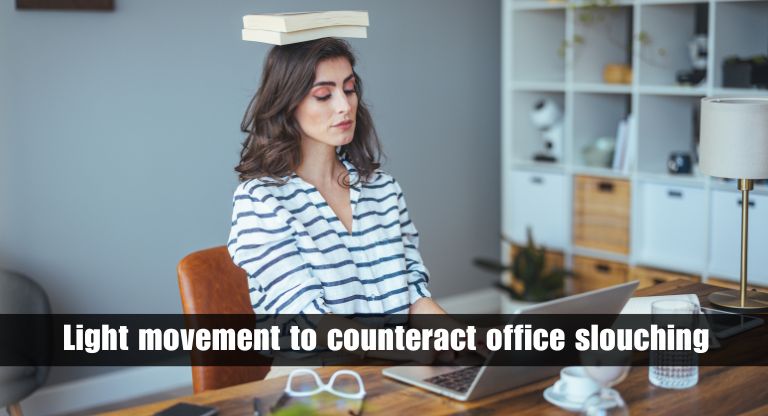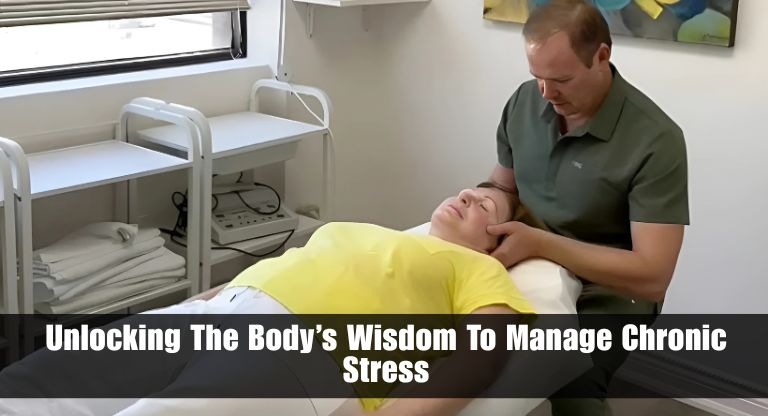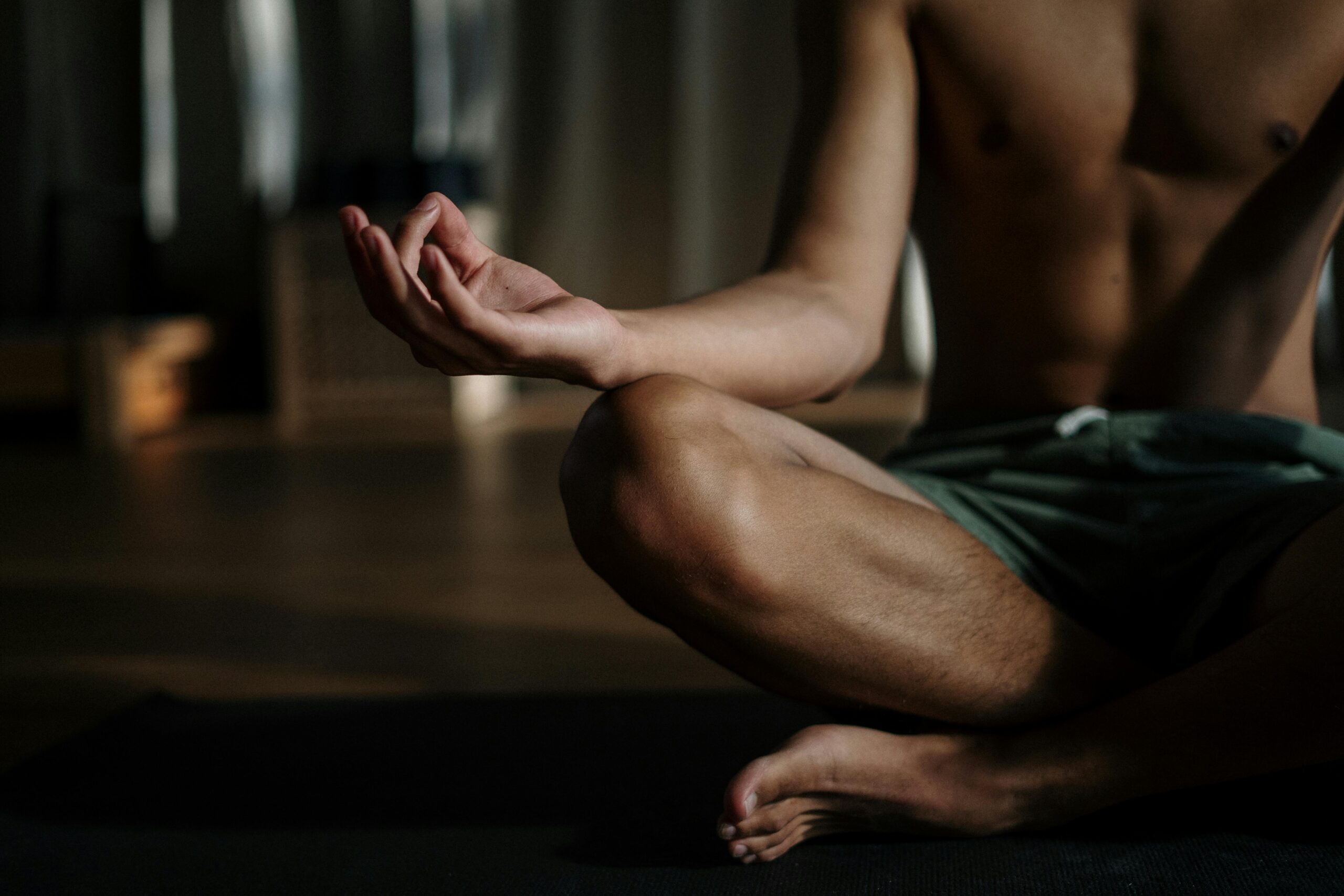A Holistic Approach To Healing Through Body Oriented Therapy For Stress
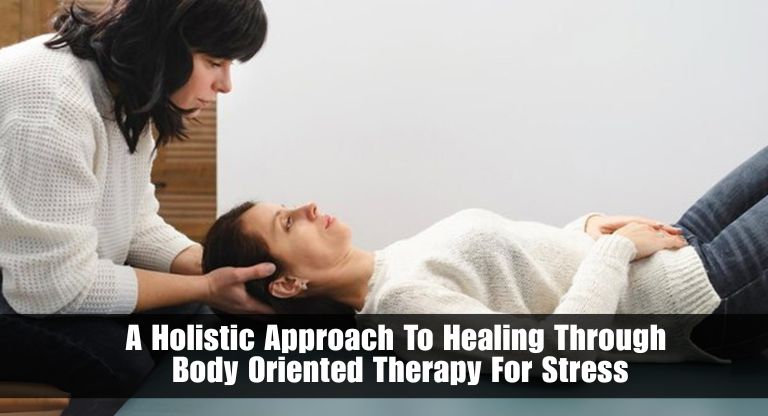
In our busy and stressful times, stress is a common friend for all of us. Based on its causes, as being manufactured due to work pressures, financial problems, relationship issues, or the speed of modern life, stress affects not only our minds but also our bodies. Whereas conversation or talk therapy, mindfulness, and medication are increasingly suggested tools in managing stress, more and more individuals are increasingly looking to body-oriented therapy as a means for stress release, which acts upon the body in order to produce emotional healing.
But what exactly is body-oriented therapy? In what ways does it help with relaxation, and why might it be the only very important part of your health regimen you’re missing out on? Take a closer look.
What is body-oriented therapy?
Body-oriented therapy (also called somatic therapy) is a treatment that is interested in the interdependence of body and mind. In addition to the traditional therapy, which uses essentially conversation and cognitive work, body-oriented therapy employs the body as an active collaborating participant in treatment.
The theory upon which this methodology is based assumes that stress, trauma, and emotional hurt not only occur within our mind, but within our muscles, tissue, posture, and nervous system as well. The body will store unresolved tension over a period of time in the form of physical issues such as headaches, chronic pain, digestive disorders, shallow breathing, or sleep problems. Body therapy for stress works through a process of helping people to tune in to their body, dissipate stored energy, and find balance and a sense of calmness.

How does body-oriented therapy work?
Body-oriented therapy makes you listen to what’s going on inside your body. A therapist helps you to recognize your body sensations, feelings, and tension patterns that arise when you recall any stressful situations.
Here are some techniques used in body-oriented therapy:
- Breathwork: You’ll be taught special breathing exercises that will make you feel calmer and less anxious. And you’ll be working with your body.
- Mindful movement: It involves gentle stretches / small movements that relax tight muscles and make you feel more relaxed.
- Touch therapy: Your therapist may, with your permission, gently touch (help) areas of tension to make your body feel more relaxed.
- Calming practices: Try things like tingling your feet on the ground or paying attention to your breathing to feel more stable and less anxious.
- Body awareness: The therapist may have you pay attention to what is happening physically ( such as a tight chest or a fluttering stomach ) so you can better understand what stress is and can begin to control it.
Why is body oriented therapy effective for stress?
There are a number of reasons why body-oriented therapy for stress can be particularly effective:
- It treats stress at its root
While talk therapy can assist you in identifying your stress triggers, body-oriented therapy addresses stress where it is stored in your body. By using the body, you are reaching deeper levels of healing that your mind cannot access.
- It calms the nervous system
Chronic stress puts your whole body in a freeze state all day. Body-oriented therapy helps you calm down the Stress response system and wake the parasympathetic system, which provides relaxation, digestion, and healing.
- It provides a complete solution
By involving the mind and body, this therapy provides a more holistic, whole-person solution to healing. You’re not just working with your mind, you’re working with your entire self.

Who can benefit from body-oriented therapy?
Body-oriented therapy for stress may be beneficial to many types of people, including:
- Individuals who experience ongoing stress or burnout
- Individuals who have anxiety or panic attacks
- Individuals who have bodily symptoms related to emotional stress, such as migraines or muscle tension
- Individuals who are recovering from trauma and feel out of touch with their bodies
- Individuals who feel “stuck” in traditional talk therapy and would like to work with a more embodied approach
It’s useful particularly for people who don’t seem to be able to relax, and who have some physical tension that has no such effect from exercising or massage.
What are the benefits?
Individuals who receive body-oriented therapy for stress frequently report:
- Enhanced sleep quality
- Reduced muscle tension and chronic pain
- Improved emotional regulation
- Greater self-awareness and mindfulness
- Improved sense of body connection
- Increased overall well-being
With time, clients tend to develop a more empathetic and sensitive relationship with their own bodies, learning to hear subtle whispers and respond gently.
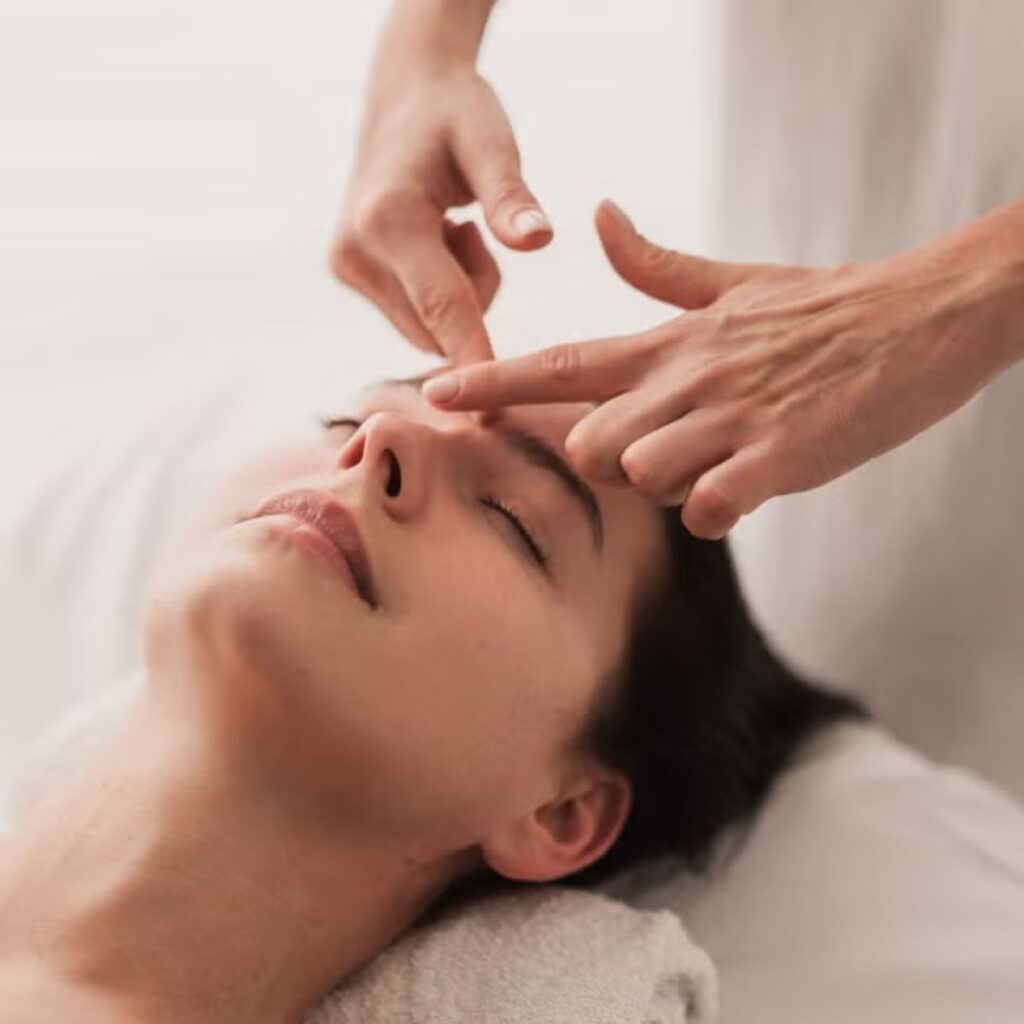
Types of body-oriented therapies
A variety of approaches are included under the body-oriented umbrella, such as:
- Somatic Experiencing (SE): Emphasizes releasing trauma contained in the nervous system.
- Bioenergetic Analysis: Blends physical exercises with emotional work.
- Sensorimotor Psychotherapy: It combines somatic awareness with standard talk therapy.
- Hakomi Method: Applies mindfulness and body awareness to psychotherapy.
- Movement Therapies: For example, Yoga Therapy, Dance Therapy tend to promote physical/emotional coherence.
With a professional and qualified practitioner is where it is at, especially if you have a medical condition or a history of trauma.
Final thoughts
Stress is inevitable in life, yet it is the way we handle it that really matters. Though mindfulness apps and breathing exercises are helpful, at times we must do more profound, more physical work in order to really let go of tension and heal. Body-oriented therapy for stress provides a powerful route toward relief by involving both mind and body, so that we can come back to ourselves on the most profound levels.
If you’re looking for a complete solution for stress management, then look no further than body-oriented for a complete solution to stress management. You could find a sense of freedom, durability, and peace you didn’t know you could have.


